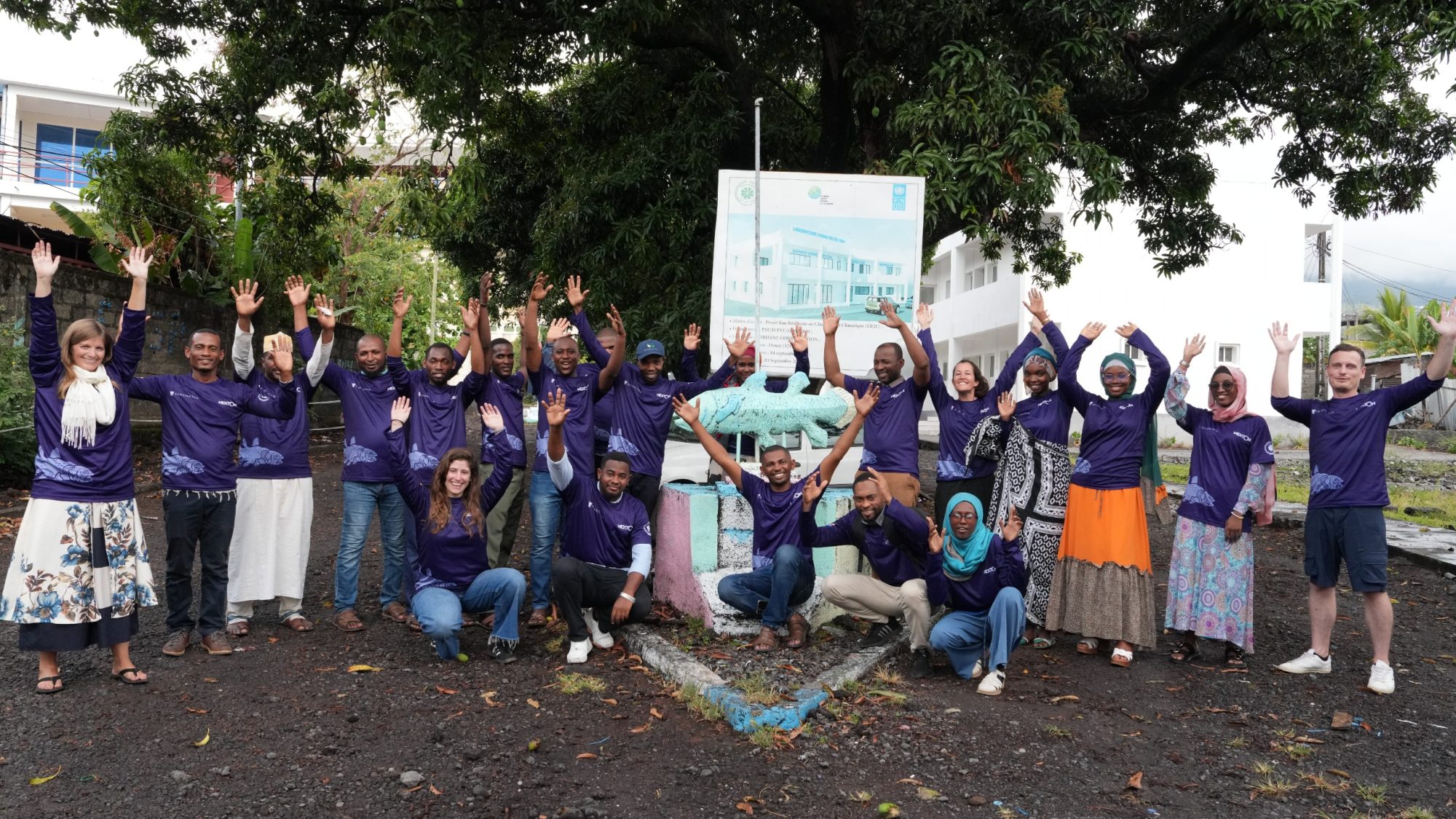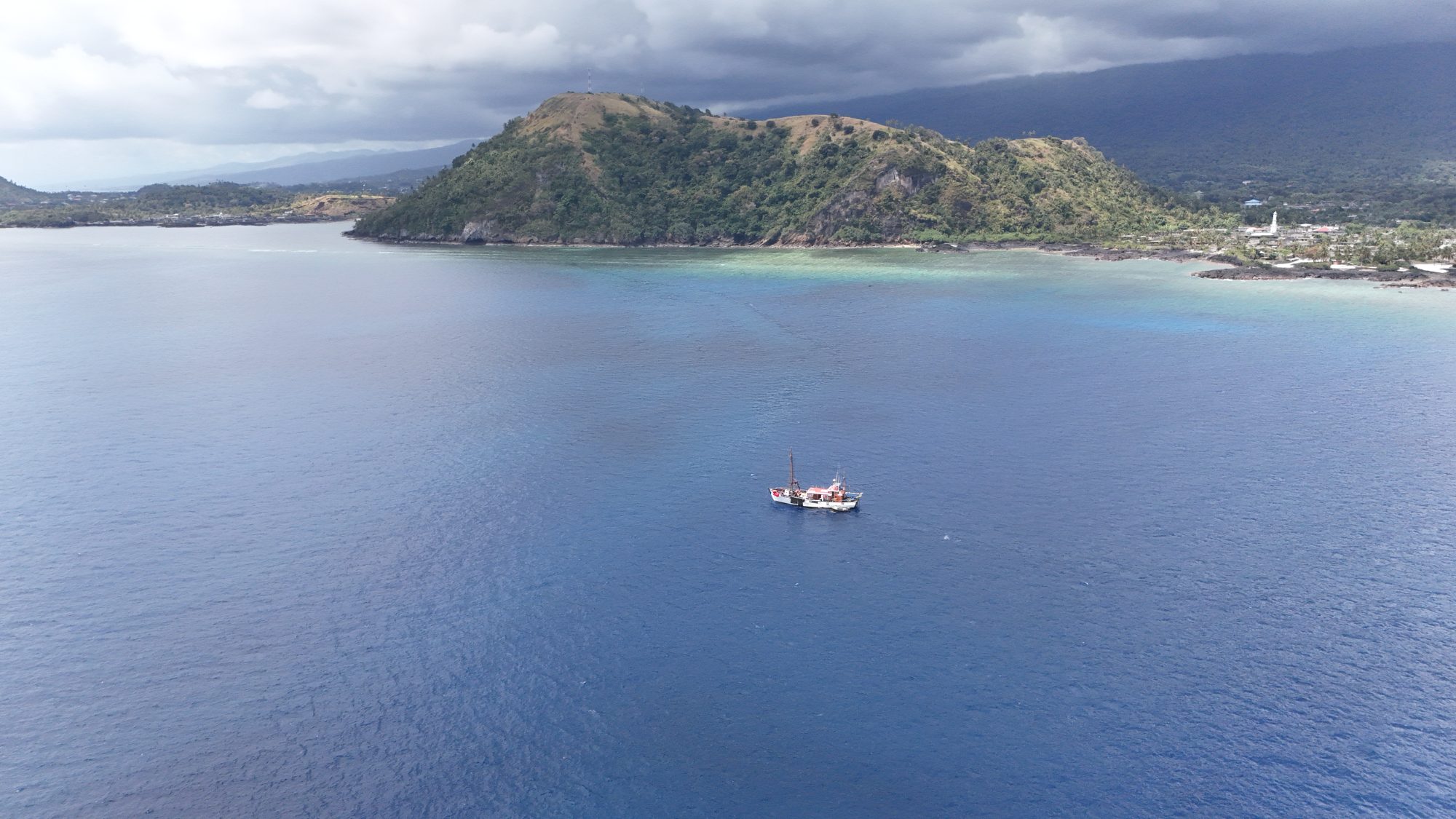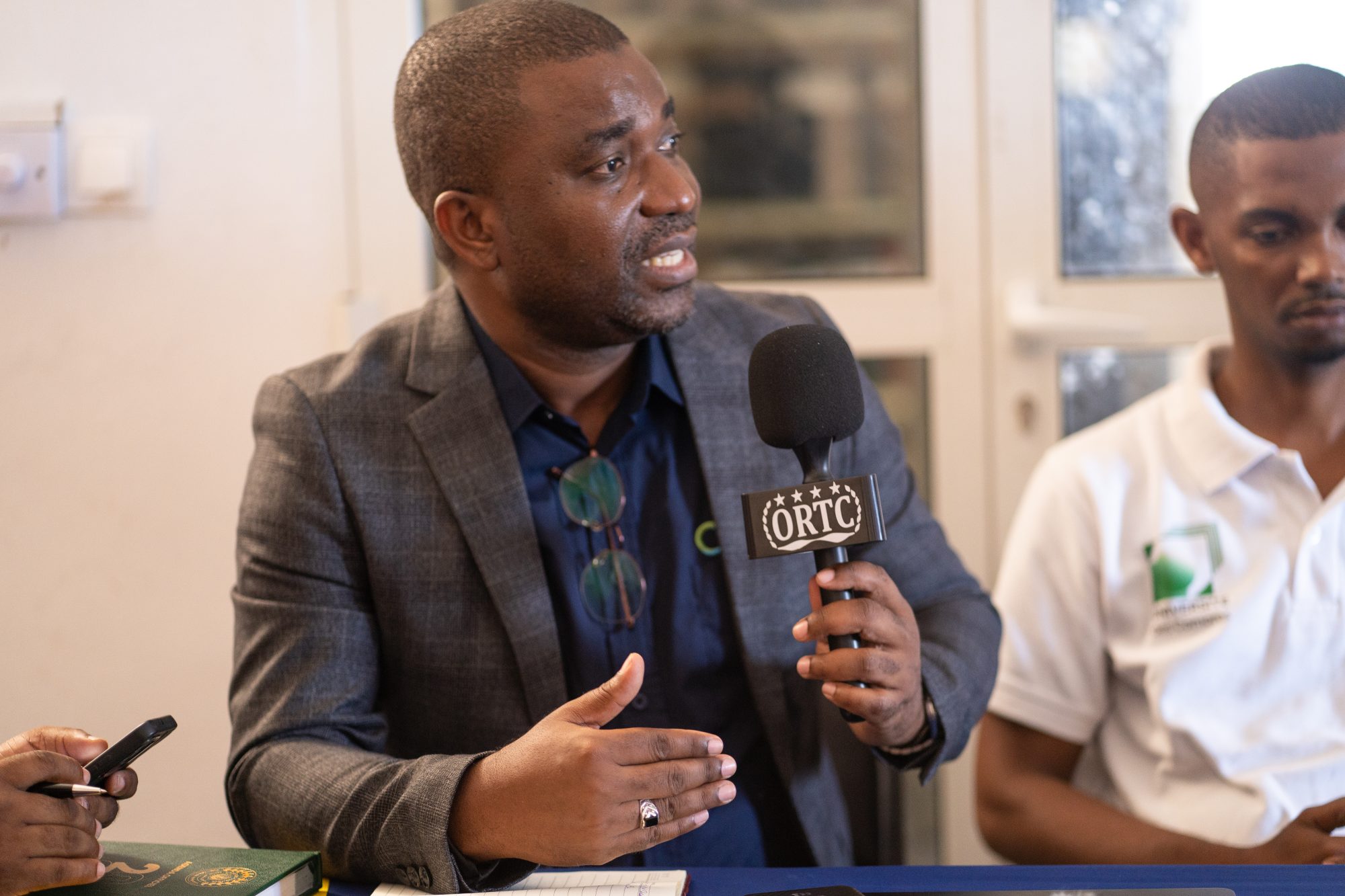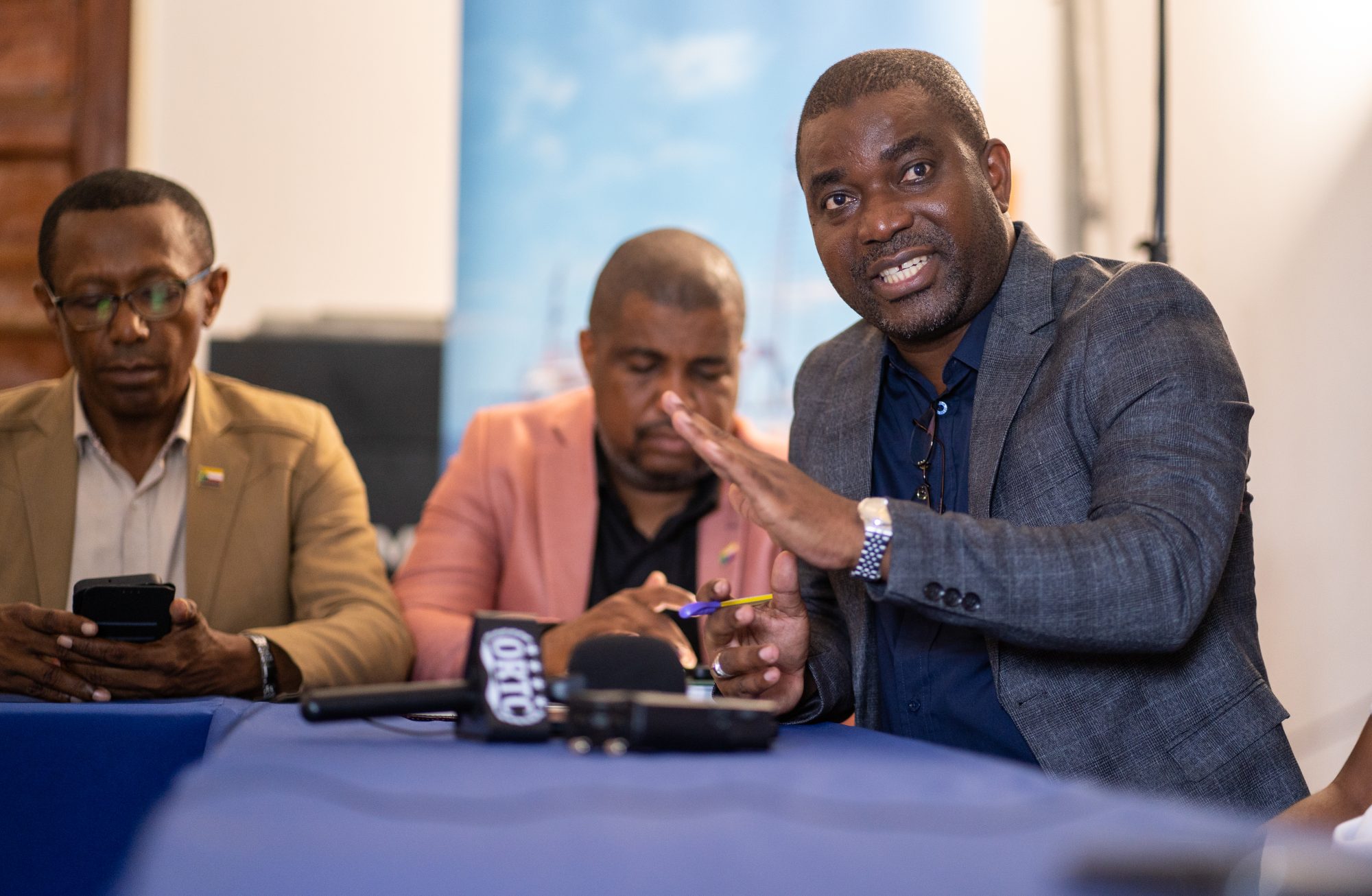

As part of Nekton’s First Descent: Comoros mission, Comoros is charting a bold course to protect 30% of its ocean by 2030.
A chain of volcanic islands rising from the Indian Ocean, Comoros has long lived by the rhythm of the sea. For generations, the ocean has provided food, identity, and connection to the wider world. On the eve of COP 28 in 2023, this small island nation made a big commitment to protect 30 percent of its land and marine waters by 2030, a goal known globally as “30×30.”
This pledge is more than policy. It’s a promise to future generations to keep the ocean alive and a thriving resource for Comorian communities.


“30×30” is a global pledge to safeguard 30 percent of the planet’s land and ocean by 2030. This is a vision first championed by the High Ambition Coalition for Nature and People in 2020 and later enshrined in the Kunming–Montreal Global Biodiversity Framework in 2022. Today, it remains a cornerstone of global conservation dialogue, set to take centre stage once again at COP30 in November 2025.
For the ocean, this means creating marine protected areas (MPAs) and other conservation zones where biodiversity can thrive. Well-managed MPAs boost fish stocks, safeguard coral reefs, and strengthen resilience against climate change, ensuring the ocean remains both productive and alive.


For the people of Comoros, the sea is not a boundary but a bond – a source of livelihood, identity, and national pride. Yet warming seas, coral bleaching, and overfishing are threatening that bond.
Comoros’ 30×30 pledge marks a turning point: a recognition that protecting the ocean is not optional, but essential.
By 2030, Comoros aims to safeguard nearly a third of its marine domain – roughly 70,000 square kilometres – through new and strengthened marine protected areas. These zones will conserve biodiversity, secure fisheries, and uphold cultural traditions tied to the sea.
The Comoros archipelago – Grande Comore, Anjouan, and Mohéli – sits in the Mozambique Channel. Its volcanic slopes, seagrass meadows, and coral reefs are home to dolphins, whales, and the ancient coelacanth. Existing protected areas, like Mohéli National Park and Coelacanth National Park, are models of local stewardship. Under 30×30, these successes will expand into new areas, creating new MPA’s aimed at restoring ocean health.

Supporting the 30×30 vision is Nekton’s First Descent: Comoros mission – a pioneering partnership between the Government of Comoros, Nekton, CORDIO, WildTrust, NRF-SAIAB and Kensington.
At the heart of the mission are Comorian scientists and community voices. Led by Dr Nadjim Ahmed Mohamed of the University of Comoros, and supported by 17 local researchers, the team will explore mesophotic reefs, deepwater ecosystems, and launch a Comorian-led study of the ancient coelacanth. This is knowledge that may help guide future marine protected area design.
As a small island developing state, Comoros stands at the frontline of climate change. Sea-level rise, coral loss, and coastal erosion are daily realities. Yet through 30×30, the country is proving that small nations can drive big change.
This mission is a co-developed initiative designed to support the development of a long-term, Comorian led research programme.
